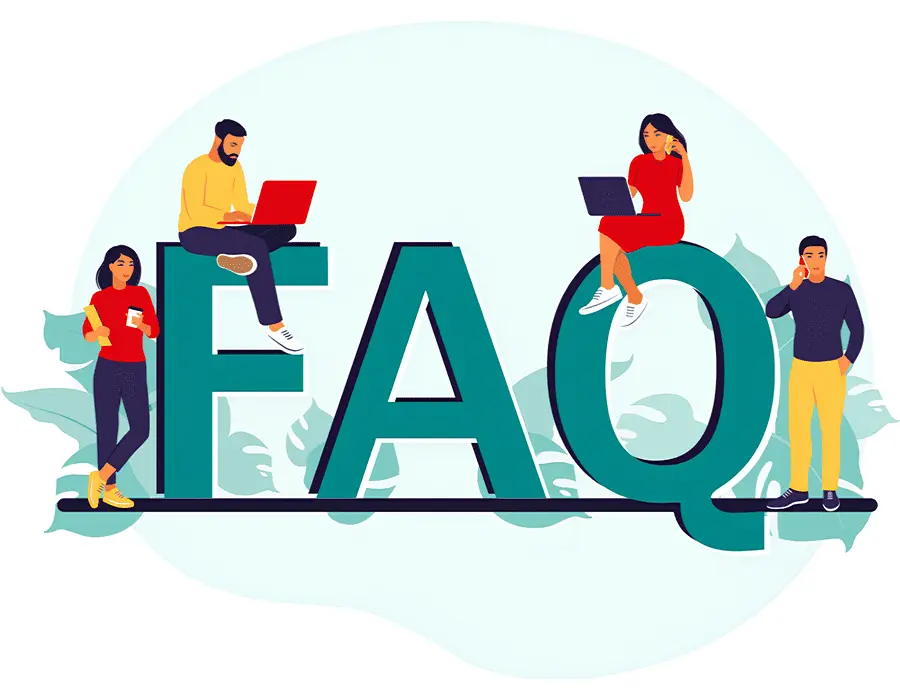Introduction to AI Tools For Content Creation
The Rise of AI in Digital Content
Picture this: a world where machines craft compelling blog posts, design stunning visuals, and edit videos without human intervention. It sounds like something from a sci-fi movie, right? Welcome to 2024, where AI Tools For Content Creation are no longer a novelty but a necessity.
The explosion of AI in content creation has been nothing short of meteoric. From simple auto-correct features to full-fledged AI writers like ChatGPT and Jasper, the digital landscape is shifting beneath our feet. Businesses that once relied on armies of writers and designers now leverage AI to produce content at scale—faster, cheaper, and often with surprising quality.
But here’s the million-dollar question: Is AI replacing or amplifying human creativity? The answer lies somewhere in between. AI doesn’t replace writers; it empowers* them. Think of it like a high-speed blender—it can chop, mix, and puree ingredients in seconds, but it still needs a chef to decide the recipe.
How AI is Changing the Content Landscape
Remember when writing a 2,000-word blog post took hours of research, drafting, and editing? Today, AI can generate a first draft in minutes. Tools like Copy.ai and Writesonic analyze keywords, suggest headlines, and optimize for SEO, freeing creators to focus on strategy rather than syntax.
But it’s not just about speed. AI is democratizing content creation. Small businesses, solopreneurs, and even hobbyists now have access to tools once reserved for big corporations with deep pockets. Need a logo? Looka or Canva AI can generate one in seconds. Want a video ad? Synthesia creates lifelike AI presenters without the need for a camera crew.
Yet, there’s a catch. While AI can mimic human writing, it often lacks nuance—that spark of emotion, humor, or cultural insight that makes content resonate with readers. Ever read an AI-generated article that felt just a little off, like a robot trying to tell a joke? That’s the uncanny valley of machine-generated content.
Why Businesses Need AI-Powered Content
Let’s face it: in today’s digital gold rush, content is the new currency. Companies that produce high-quality, consistent content tend to rank higher, engage more effectively, and convert better. But here’s the problem: creating that content manually is exhausting.
Enter AI-powered content tools—the ultimate force multiplier. They help businesses:
- Scale content production (10x faster than human-only teams)
- Reduce costs (no more hiring armies of freelancers)
- Maintain brand voice consistency (AI can be trained to match your tone)
But—and this is a big but—AI isn’t a magic wand. The best results come when humans and AI collaborate. AI generates the raw material; humans refine it into something extraordinary.
So, is AI the future of content? Absolutely. But the best content will always have a human touch. After all, would you trust a robot to write your love letter?
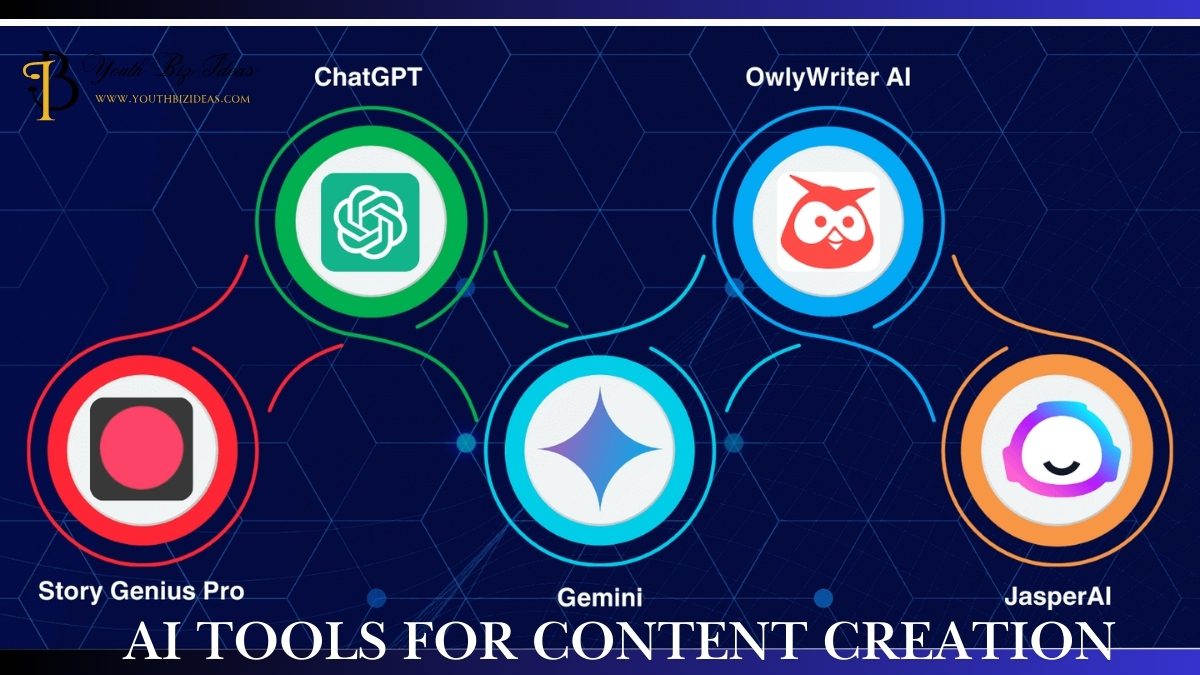

What Are AI Tools?
AI Tools For Content Creation: Let’s cut through the tech jargon; for content production, artificial intelligence technologies are like digital Swiss Army knives. Imagine having a non-sleeping, never complaining, relentless helper who can create blog entries, social media captions, or even video screenplays when it takes you to make coffee. That is your power with artificial intelligence.
The fact is, however, not all artificial intelligence technologies are developed equally. Some are like outstanding interns—fast learners, but still need direction. Others enhance your work with nearly human insight, akin to experienced editors. The secret is understanding which instrument does what, especially how to use them without losing your creative spark.
Types of AI Tools for Content Creation
There are several choices in the AI content toolkit, each with a superpower:
- AI Text Generators—ChatGPT, Jasper—are your first choice for writing blogs, emails, or poems. They are like partners in brainstorming, who never run out of ideas, although sometimes those ideas can be unusual.
- AI Design Tools: DALL·E, Canva AI. Do you need an infographic, social media banner, or logo? These tools instantly translate your hazy concepts (“make it pop!”) into images.
- Artificial intelligence video tools like Synthesia and Runway ML can animate avatars, edit videos, or even create scenes from text cues. It’s like having your browser’s own Hollywood studio right at hand.
- SurferSEO, Frase: These hidden weapons ensure that Google falls in love with your material. Whispering “Psst, here’s what you’re missing,” they examine top-ranking sites.
The drawback is that artificial intelligence technologies are only as good as the human beings who wield them. Even with a poor knife, a cook produces better cuisine than a beginner with the fanciest blade.
The Science Behind AI Text Generation
Ever wonder how artificial intelligence techniques twist words like a literary magic bullet? Large language models—massive neural networks taught on seas of text data—rule everything. Consider these as sophisticated autocompletes, eerily accurate word predictions for the following words in a phrase. However, this is vital, as artificial intelligence does not “understand” material like humans do. It can replicate brilliance but lacks the emotional substance behind the words, much like a parrot reading Shakespeare. AI may thus excel at creating a technical white paper but struggle to craft an emotional wedding speech.
Pro Tip: The most excellent AI-generated materials show when you:
- Feed it clear cues (trash in = garbage out).
- Edit mercilessly; your audience doesn’t appreciate fluff; AI does.
- Add human seasoning—anecdotes, humor, or strong points of view.
Are artificial intelligence tools thus brilliant collaborators or just elegant plagiarism machines? Your usage of them will determine the response.
The Best AI Apps
The Best AI Apps for Content Production
Top AI Writing Assistants
ChatGPT would be the breakthrough star if artificial intelligence writing tools were a boy band—versatile, charming, and sometimes prone to hallucinations (i.e., making things up). Still, it’s hardly the only player:
- Jasper: Particularly for long-form material, the friend of the SEO writer
- Copy.ai is a social media and ad brainstorming tool.
- Claude is a thoughtful artificial intelligence, less prone to absurdity.
Excite Experiment: Ask three separate artificial intelligence technologies to tweet about pizza. Three versions will be sent to you: one simple, one that seems Shakespearean, and one that strangely references blockchain.
AI-Powered Visual Content Generators
Give up wasting hours in Photoshop. DALL-E 3 and Midjourney allow you to input “a cyberpunk kitten drinking matcha in Tokyo” and—voilà—art is created. AI still has problems with human hands; however, why do they always have six fingers?
Pro Tip: Hire a human designer for the last polish; use AI images for mood boards or drafts.
Video Creation with AI
With an AI presenter that never blinks—creepy, maybe— Synthesia can transform a blog article into a video. Runway ML allows you to type instructions, such as “Remove that awkward pause,” to edit your video. Without the college debt, it’s like carrying a film school graduate in your pocket.
Check your reality: AI films won’t be eligible for Oscars yet. Perhaps they should be eligible for explainers or social clips? They’re transformative.
Exploring Free AI Tools for Content Creators
Are Free AI Tools Worth It?
Who doesn’t enjoy free stuff? There’s no need to question the value of free artificial intelligence tools for content production: Are you getting a plastic egg or a golden goose?
Using free AI tools is like visiting a buffet—you can sample what’s available without any commitment. Tools like Canva’s AI design elements and ChatGPT’s free tier let you explore and test your ideas. However, there are limitations everywhere. Word counts, watermarks, and “upgrade now!” pop-ups can turn your creative process into a frustrating experience.
Should you use these tools? Absolutely, if you approach them wisely. Free tools are ideal for small businesses with limited budgets, as they enable you to test concepts before making a larger investment.
Keep in mind that the results from these free options won’t compare to a Michelin-star meal.
Limitations of Free AI Text Generators
Ever attempted a marathon in flip-flops? Using free AI text generators might therefore seem like this. Although it won’t be easy, you will make progress.
Most free copies:
- Like a data diet—annoying but survivable—cap your word count.
- Lack sophisticated capabilities (not brand voice tweaking or SEO optimization)
- Plaster watermarks everywhere (since nothing shouts “amateur” like a large “MADE WITH FREE AI”)
Use free tools for drafts or brainstorming, then refine with human expertise.
Hidden Gems in Free AI Apps
Not every free tool is developed equally. Some understated standouts:
- Gamma.app: turns your notes into elegant presentations.
- Free tier of ElevenLabs: uncanny, realistic AI voiceovers
- Leonardo.AI (for amazing AI art free of paywall suffering)
These are like discovering a $20 bill in an old jacket—positive shocks with a payoff
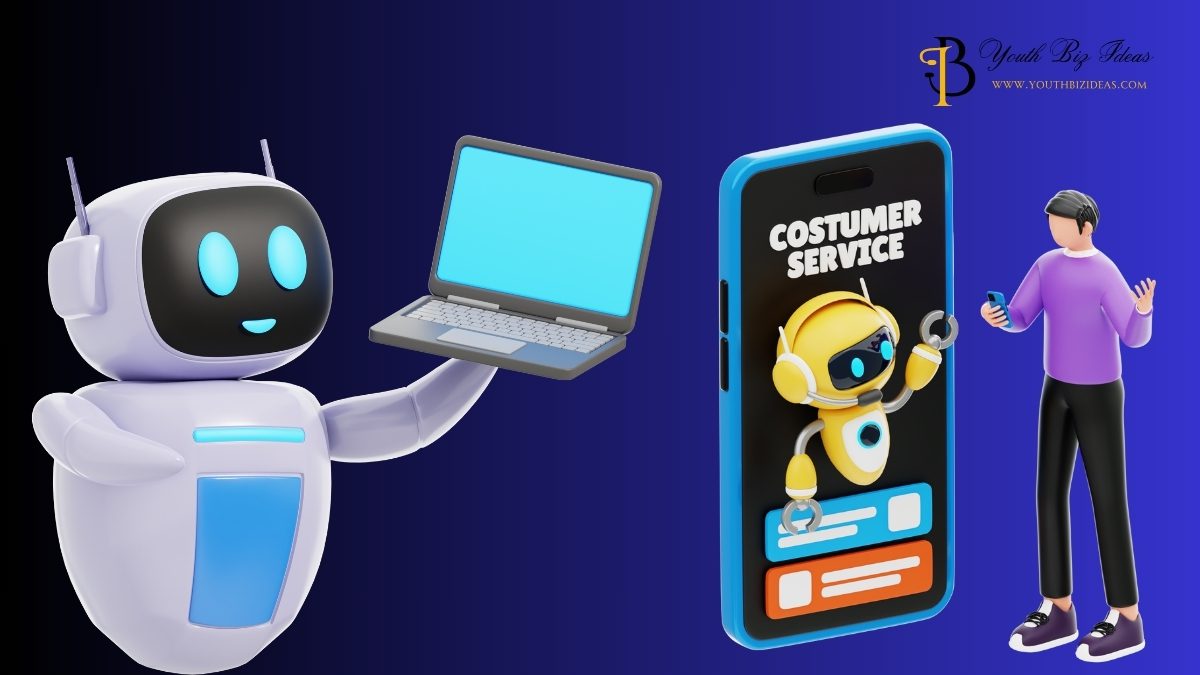

AI Text Generator: How It Works and Why It Matters
The Mechanics of AI-Generated Text
Artificial intelligence text generators forecast, like a clairvoyant anticipating your next word; they do not “think”. Please prompt them; they scan billions of data points to combine reasonable answers. Less “writing” and more high-tech Mad Libs here.
Fun Fact: GPT-4 was trained on about 300 billion words—that is, thirty times the volume of every book in the Library of Congress. Not surprising given its word sense!
Use Cases for AI Text Generators
From blog outlines to product descriptions, artificial intelligence text tools excel for:
- Beating blank page syndrome (that cursor won’t wink mockingly anymore)
- Multilingual materials (¡Hola! 好! Bonjour!—all in one click)
- Content can be repurposed; might one create 10 tweets from a webinar transcript? Easy.)
Still, remember that Artificial intelligence is your sous-chef rather than the head cook. Add your special sauce always.
Ethical Concerns and Misuse
The elephant in the room is thus: AI may be weaponised for plagiarism, spam, or worse. Have you ever received an achingly personal phishing email? That you, NK sloppy artificial intelligence.
The golden rule is to utilize artificial intelligence to enhance human creativity rather than replace it entirely. Like the artificial sweetness in their coffee, an audience can see robotic writing from a mile away.
AI Text Detector: Can You Spot Machine-Written Content?
Artificial intelligence detectors function like digital bloodhounds, identifying machine-generated content by analyzing patterns that are often undetectable to humans. These tools evaluate:
- Perplexity: This measures how “surprised” the AI is by the choice of words.
- Burstiness: This refers to the variation in sentence construction.
- Semantic Coherence: This assesses whether the content makes sense.
However, there’s an uncomfortable truth: these detectors are incorrect about 15 to 20 percent of the time. Have you ever had a detector mistakenly identify Shakespeare’s work as “AI-generated”? This happens quite often, as these tools can produce errors such as:
- Classifying complex human writing as AI-generated
- Mislabeling simple AI writing as human-made
- Falling somewhere in between
Pro Tip: Avoid any detector that claims your grandma’s handwritten recipe is “100% AI” when developing your content strategy.
Accuracy of AI Text Detectors
Imagine an espionage thriller where:
- AI writers are constantly evolving (GPT-5 is approaching!).
- Detectors are catching up.
- Humans are caught in the midst, asking, “What the heck?”
Real Talk: We live in a time when you may have to prove you’re not a robot. Irony-wise, how is that?
The Cat-and-Mouse Game of AI vs. Detection
The million-dollar question is:
- Does it matter if excellent content is created by artificial intelligence?
- Readers care more for value than for authorship.
- Google says it does not penalize AI-generated material (wink, wink).
- Businesses demand outcomes.
For researchers, reporters, and anybody else requiring demonstrable human effort, though? Detecting still counts. For those others? Perhaps give quality more of your attention than background.
Artificial Intelligence Tools: Beyond Basic Content Creation
AI for SEO Optimization
Current SEO is not about cramming keywords like a Thanksgiving turkey. AI technologies such as Frase and SurferSEO function as the content’s equivalent of GPS:
- Examining upper-ranking pages
- Recommendation of ideal structure
- Even marking your work like a strict English teacher.
Good Feature Alert: Certain programs utilize artificial intelligence to predict future changes to Google’s algorithm. It’s like having a crystal ball for search rankings.
Multilingual Content Generation
When Google Translate changed “The spirit is willing but the flesh is weak” into “The vodka is good but the meat is rotten”? AI has advanced a bit.
New instruments:
- Keep idioms and subtleties intact.
- Adjust your tone to accommodate multiple cultures.
- Can even create localized puns (results could vary).
Case Study: One online retailer translated product pages into 12 languages using artificial intelligence, resulting in a 37% increase in sales in non-English countries.
AI in Social Media Automation
AI social tools plan posts, analyze when your audience is most engaged, and suggest popular hashtags.
Even answer comments with responses like those of humans.
Alert: The line between useful and eerie is skinny. An AI too proficient at replicating you may start DMing your ex and just stating.
Challenges of Using AI Tools For Content Creation
Over-Reliance on AI and Creativity Loss
The sad twist is that humans become less creative the more they depend on artificial intelligence, such as using a GPS, to the point where they lose all sense of map reading.
- Among the symptoms are those of “samey” content.
- Too much dependence on artificial intelligence recommendations
- You’re losing your voice.
Answer: Solution: Use artificial intelligence for hard lifting; always contribute your unique viewpoint. Your audience can recognize when you are acting out of habit.
Plagiarism and Originality Issues
Artificial intelligence, much like a DJ remixing music, often reworks existing content. However, it fails to appropriately credit the sources, which can lead to inadvertent plagiarism.
This can result in:
- Mediocre material that lacks originality
- Potential legal concerns
As a pro tip, always run AI-generated content through plagiarism detection software to ensure greater security and avoid potential legal issues.
The Uncanny Valley of AI-Generated Content
Some AI writing is like a Stepford wife – perfect on the surface, but something feels… off. Readers sense when:
- Jokes fall flat
- Emotional appeals ring hollow
- Complex topics get oversimplified
The Fix: Use AI for structure, but humanize with:
- Personal anecdotes
- Controversial opinions
- Imperfect humor
Remember: People connect with people, not perfect robots.
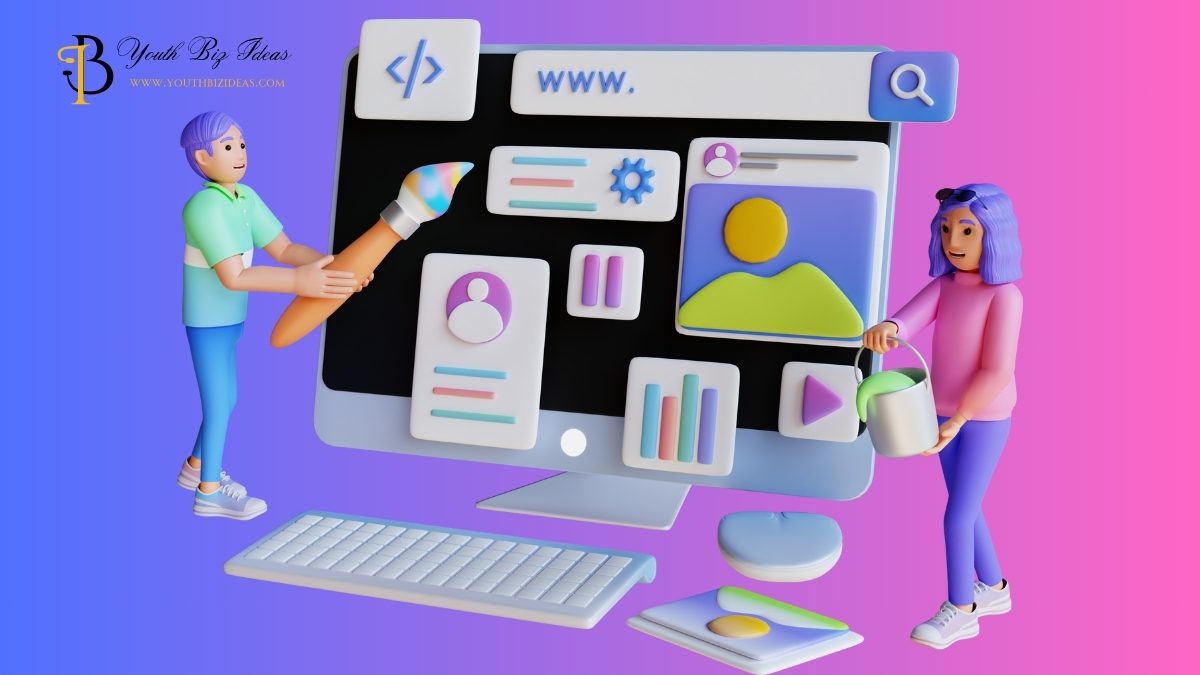

The Future of AI in Content Production
Emerging AI Technologies
Like a Tesla in Ludicrous Mode, the AI revolution is speeding, not slowing down. Here is what is scheduled:
Imagine an artificial intelligence creating unique versions for every reader, tailored to their browsing history, mood, and even the weather, rather than producing generic blog entries. Creepy? Maybe. Strong? Correct.
Ecosystems of Voice to Content: Before you have even spat out the toothpaste, AI will transform a basic concept you may now narrate while brushing your teeth into a polished article, video script, and social network postings.
Emotion-sensing artificial intelligence tools examine readers’ emotions in real-time and adjust tone, pace, and even terminology to keep them engaged. It’s like having a psychological content coach included in your CMS.
The worst part is that your material must be more human to stand out as artificial intelligence continues to develop.
Will AI Replace Human Writers?
Let us permanently resolve this argument. Though AI won’t replace authors, those who utilize it will replace those who use none.
Consider it like this:
AI = The quickest research helper available worldwide (but sometimes hallucinating false information)
Human authors are the creative directors, who understand when to remark, “That’s not quite right…”.
The future belongs to hybrid creators—people who can:
✔ Harness AI’s speed;
✔ Apply human judgment;
✔ Inject irreplaceable personality.
Fear-mongers will warn you that artificial intelligence is invading your workplace. The real truth? It is approaching the dull aspects of your profession.
The Role of Human-AI Collaboration
Cyborg storytellers, rather than all-human or all-AI content teams of 2025, will be more successful. That looks like this in reality:
- Like a sculptor refining a rough marble slab, AI first drafts → human refinement
- Human Strategy → AI Execution: You guide the ship, AI manning the oars
- Constant Feedback Loops: The more you equip your AI tools, the more closely they align with your brand’s voice.
Alert: This only applies from the driver’s seat. Let artificial intelligence take control entirely; you’ll wind up with material as boring as airport sushi.
How to Choose the Right AI Tool for Your Needs
Key Features to Look For
With new AI tools launching weekly, choosing one feels like trying to drink from a firehose. Here’s your survival guide:
Must-Have Features:
- Customizable outputs (No one wants generic “lorem ipsum” style content)
- Integration capabilities (Should play nice with your CMS, Google Docs, etc.)
- Transparent pricing (Beware of tools that nickel-and-dime you for basic features)
Red Flags:
🚩 No free trial (If they won’t let you test drive, walk away)
🚩 Overpromising results (“This AI will write your novel for you!” Sure, Jan.)
🚩 Black box algorithms (You deserve to know how your content is being generated)
Budget vs. Premium AI Tools
Free/cheap tools are great for:
- Solopreneurs
- Testing the waters
- One-off projects
But when scaling professionally, invest in tools that offer:
- Brand voice customization
- Team collaboration features
- Advanced analytics
Pro Tip: Many premium tools offer education or startup discounts—always ask!
The Forgotten Factor: Your Skillset
The best AI tool in the world won’t help if:
- You can’t write clear prompts (“Make it good” isn’t a prompt)
- You don’t understand basic editing
- You expect miracles without effort
Remember: AI amplifies your skills, not replaces them.
Conclusion
AI Tools for Content Creation represent the future rather than just a fad. The twist is that humans and AI define the future, rather than humans or AI. Consider it as akin to a rock band. AI is your bassist; she lays down the beat with explosive speed. You are? Being the main vocalist lends soul and style, and that je ne sais quoi that no machine can replicate.
Yes, artificial intelligence can produce a 2,000-word blog entry before your coffee is cold. Can it, however, truly evoke an emotional response from readers? Could it craft a tale that stays true or land a just-right joke? Not quite. That serves as your superpower. When you partner up—let AI manage the menial work (research, drafts, SEO changes) while you concentrate on what counts: heart, humor, and human connection—the magic occurs.
The worst part is that businesses that will succeed use artificial intelligence to inspire, rather than replace, creativity. Will you thus allow AI to induce sloth? Alternatively, will you use it like a professional, transforming “good enough” into “holy cow, this is fantastic”? You have a decision. Now produce something only you are qualified for.
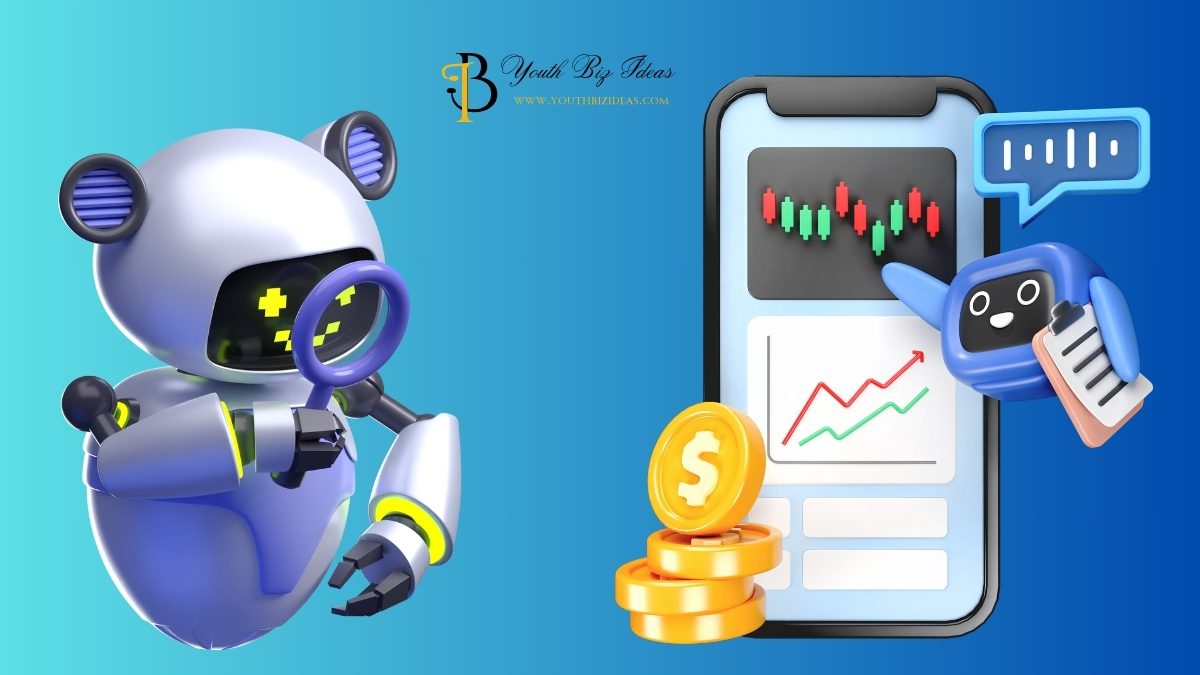

FAQs
- What are AI tools?
AI tools are software applications that utilize artificial intelligence to automate tasks such as writing, designing, and data analysis. They include AI text generators, image creators, and SEO optimizers.
- What are the top 5 AI platforms?
– ChatGPT (OpenAI)
– Jasper (formerly Jarvis)
– Copy.ai
– Writesonic
– GrammarlyGO
- What are the top 5 generative AI tools?
– GPT-4 (Text generation)
– DALL·E 3 (Image generation)
– Synthesia (AI video)
– Murf.ai (Voice synthesis)
– Runway ML (Multimedia AI)
- Which AI tool is a web of connections?
Notion AI integrates knowledge management with AI, acting as a “web of connections” by intelligently linking notes, tasks, and databases.
- Which AI model is used for content creation?
GPT-4 and BERT are widely used for text generation, while Stable Diffusion and MidJourney dominate AI-powered visual content.

